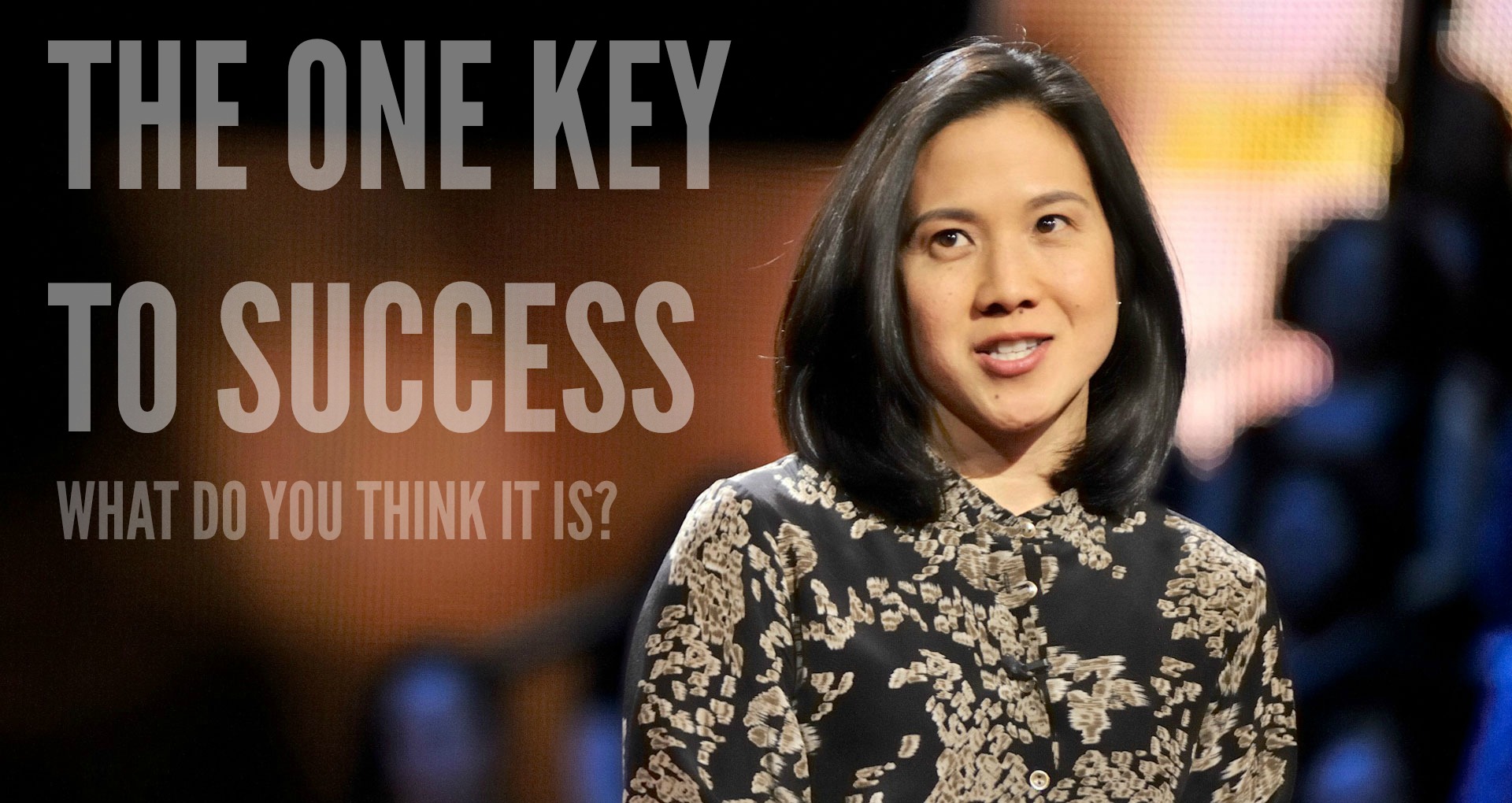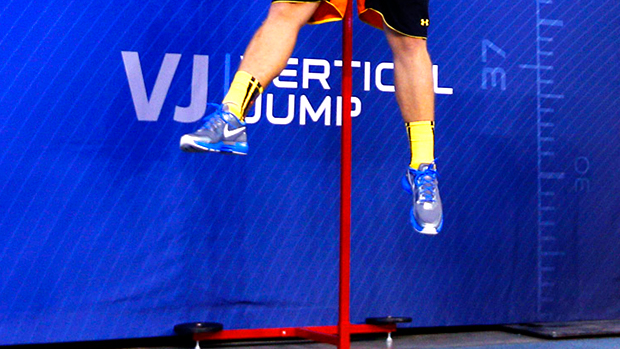Volleyball in Hawaii is a big thing and anything you can do to improve your game will help you stand Ku on the court.
A common mistake when performing plyometrics drills is when coaches or athletes turn them into a conditioning drill. When that happens, it is no longer considered plyometrics. When doing plyometric drills, you want to ensure that each set is just as good if not better as the set before. You want to make sure that each rep is just as good if not better as the rep before.
What are Plyometrics?
According to Dr. Mel Siff in his book Supertraining, he states, “It consists of stimulating the muscles by means of a sudden stretch preceeding any voluntary effort”
For example: when you prepare to jump, you perform a quick downward movement which creates a stretch in your legs before you jump up.
To go further into understanding, this takes into account the stretch shortening cycle (SSC): Using a jump again as an example, the muscles and tendons lengthen and stretch upon lower your body down before you jump (eccentric), this creates a buildup of energy which is then released in a muscle shortening motion (concentric) that propels you up to jump.
The key component of plyometrics, is the amortization phase, which is the middle phase of SSC. The amortization phase happens between the eccentric and concentric portion of a movement. The longer the phase is, the longer it takes to apply force into the surface which causes the movement to be slower.

Plyometrics are used to make the amortization phase shorter.
With that in mind, it is essential for the coach or athlete to have the awareness to understand the importance of ensuring the drills are done properly and chase after performance not fatigue.
Plyometric Drills for Volleyball
The three main categories for plyometrics are:
- Jumps – landing on both feet but can have a take off with one or two feet
- Hops – take off on one foot and land on the same foot. Hops require more strength than jumps
- Bounds – take off on one food and land on opposite foot. Usually done for distance and can be one of the more challenging plyometrics.
JUMP PRIMER PLYO (DROP SQUAT)
- Stand with arms out in front of you bent at a 90˚ with elbows facing forward and feet shoulder width apart
- Quickly drop into a squat position driving your arms behind you
- Hold the landing position keeping chest up and not allowing knees to collapse inwards
- Rise back up to the starting position
This exercise primes the athlete’s body for jumping and activates the proper muscles for jumping. When you drop into the squat position, both feet should be off the floor before you land. This drill can also be used as part of the warm-up. Perform 2 sets of 5-10 reps.
STEP OFF JUMP LANDING

- Standing on a low box with feet shoulder width apart and arms to your side
- Step off (DO NOT jump off) the box
- Land in a proper landing position with hips back and down, chest up, arms behind you as if you are ready to jump again
- Objective is to land softly, one of our cues being to “land like a ninja”
- Do not allow knees to collapse in
We emphasize proper landing mechanics because majority of injuries during volleyball occur while landing after a jump. A progression of this drill is STEP OFF HOP LANDING which emphasizes on stepping down and landing on one foot following the same landing mechanics.
VERTICAL JUMP (MULTIPLE RESPONSE)

- Stand with feet hip width apart
- On command perform vertical jumps by jumping as high as possible
- Keep your core tight and legs extended
- Once you land on the ground, immediately jump again
The purpose of this drill is to jump as high as possible after each contact with the ground. During this drill you do not lower down into a squat position. Start off with performing 2 sets of 6-10 repetitions with at least 30-45 seconds rest between sets.
LATERAL HIGH JUMPS w/ OVERHEAD EXTENSION
- Stand with feet hip width apart
- Jump as high as possible to the side, extending arms above your head
- Land on both feet driving arms behind you
- Upon landing immediately jump and extend your arms overhead back to the start position and stick the landing in the proper landing position
- Reset and perform again on command
Volleyball involves lateral movements especially for those playing up at the net. This drill also works on deceleration from jumping side to side. Do 2-3 sets of 4-6 repetitions per side.
SPLIT JUMPS (SINGLE RESPONSE)

- Long split stance in an up position standing tall with elbows bent 90˚ at your side
- Drop in split squat position, drive elbows back, and immediately begin jump with both arms and hips
- Land in the split squat position, stabilize and show control, then reset for the following jumps for the prescribed repetitions
- Switch legs and repeat on the other side
During the movement, keep the back knee from hitting the ground and front knees behind the toes. Throughout the drill, maintain a strong posture during the jump and landing with eye fixated ahead. Do 2 sets of 5-8 reps per side.
Coaching Reminder
Do not turn plyometric drills into a conditioning drill. The emphasis on plyometric drills is to maintain performance and be explosive. As a coach, if you observe an athlete’s performance diminish during the drill, let them rest a little longer or do fewer reps. For plyometrics, quality over quantity.
Mahalo and A hui hou.



